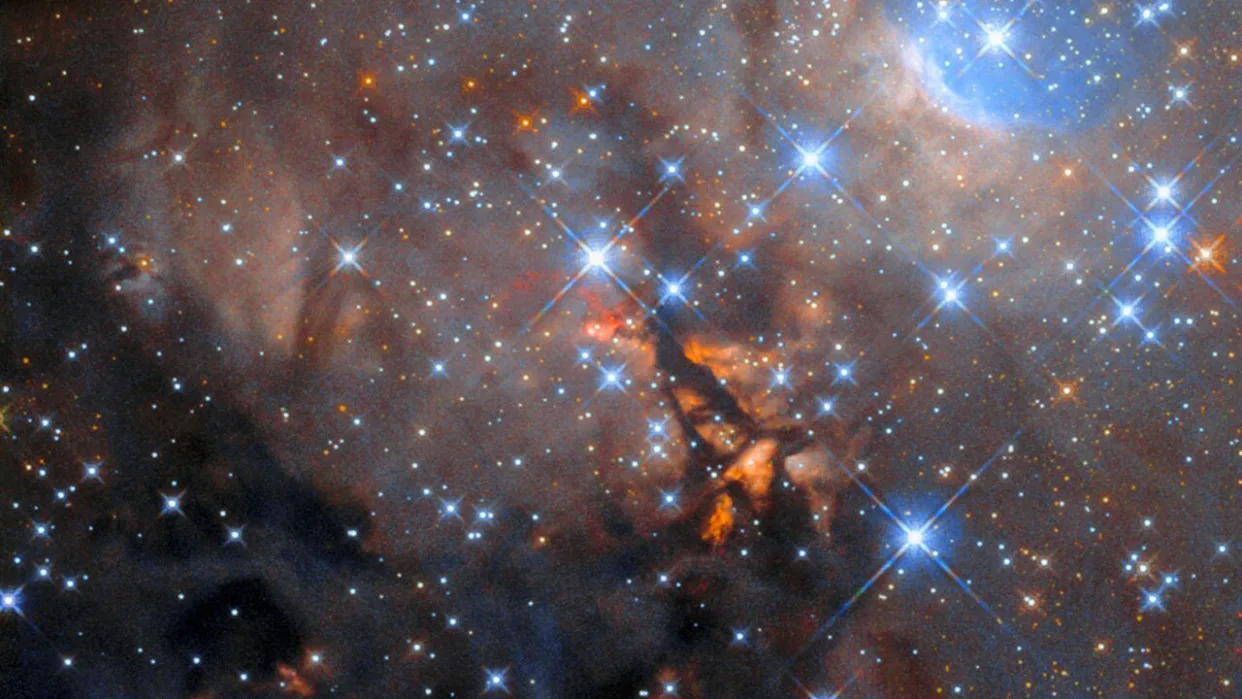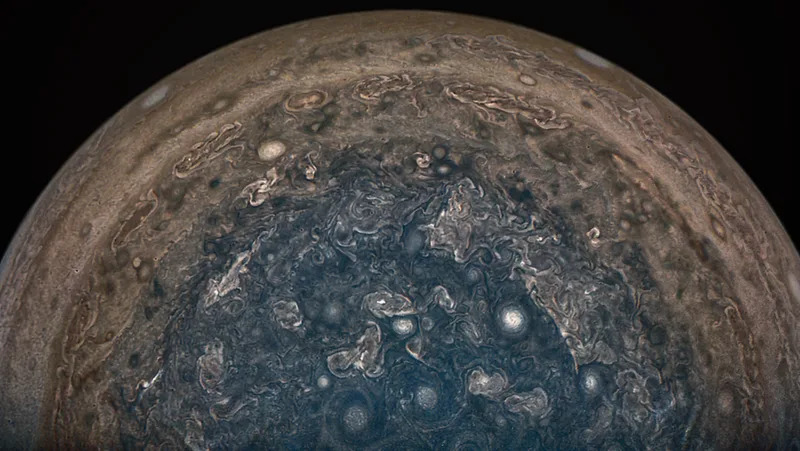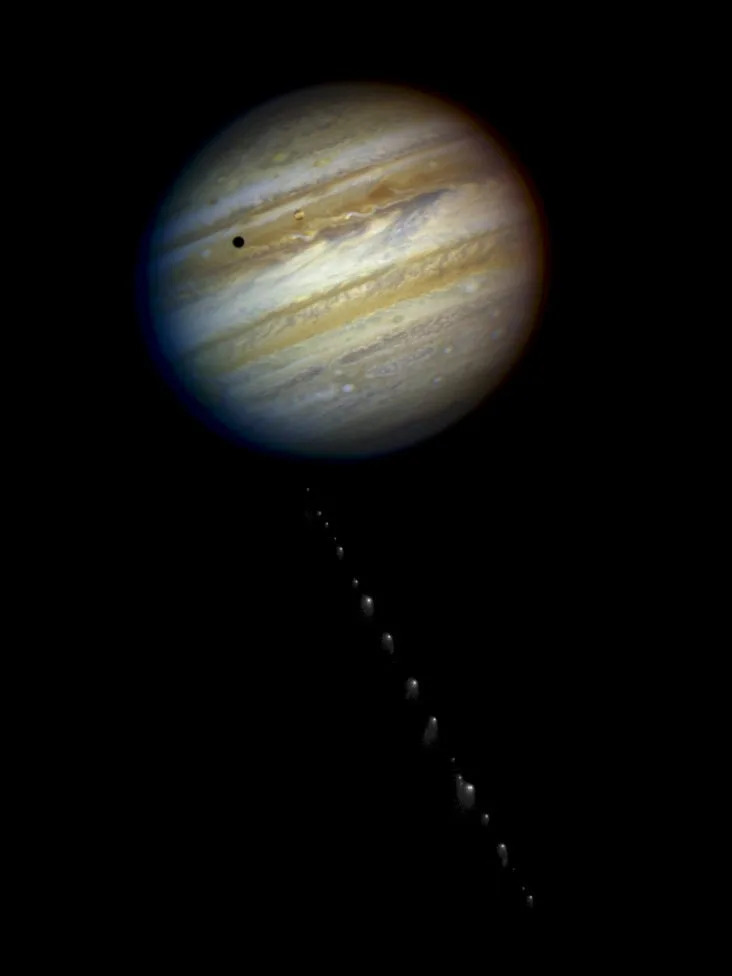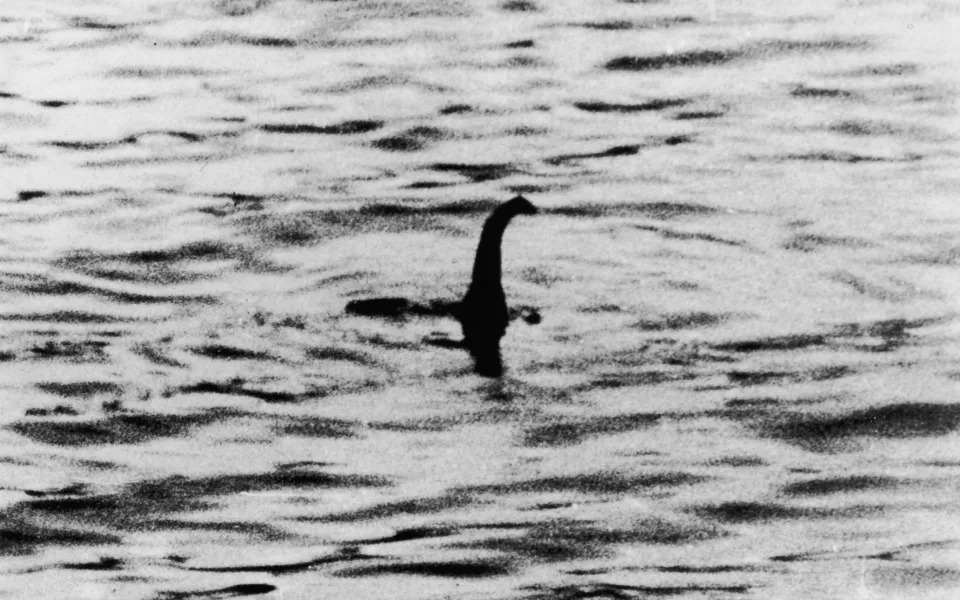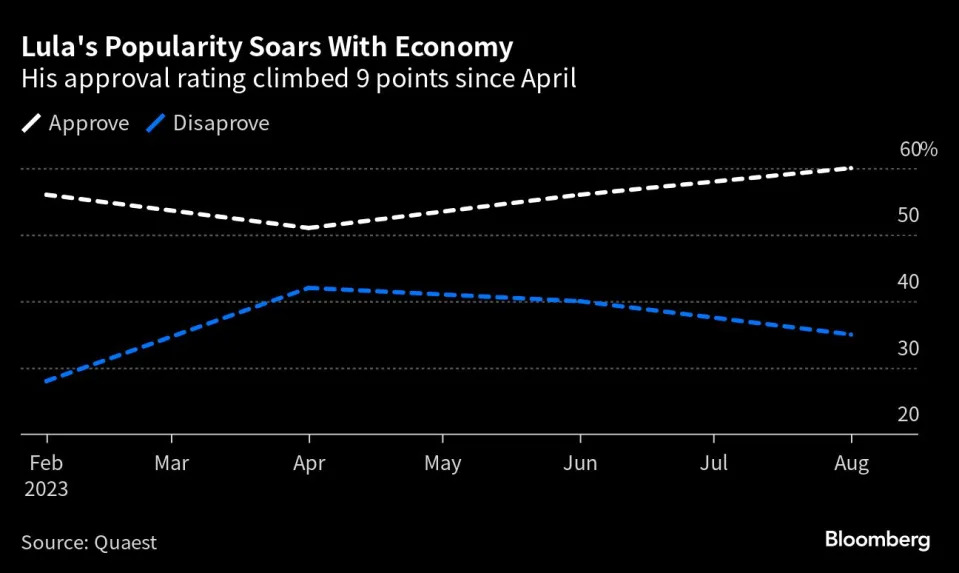Briley Lewis
Fri, September 1, 2023
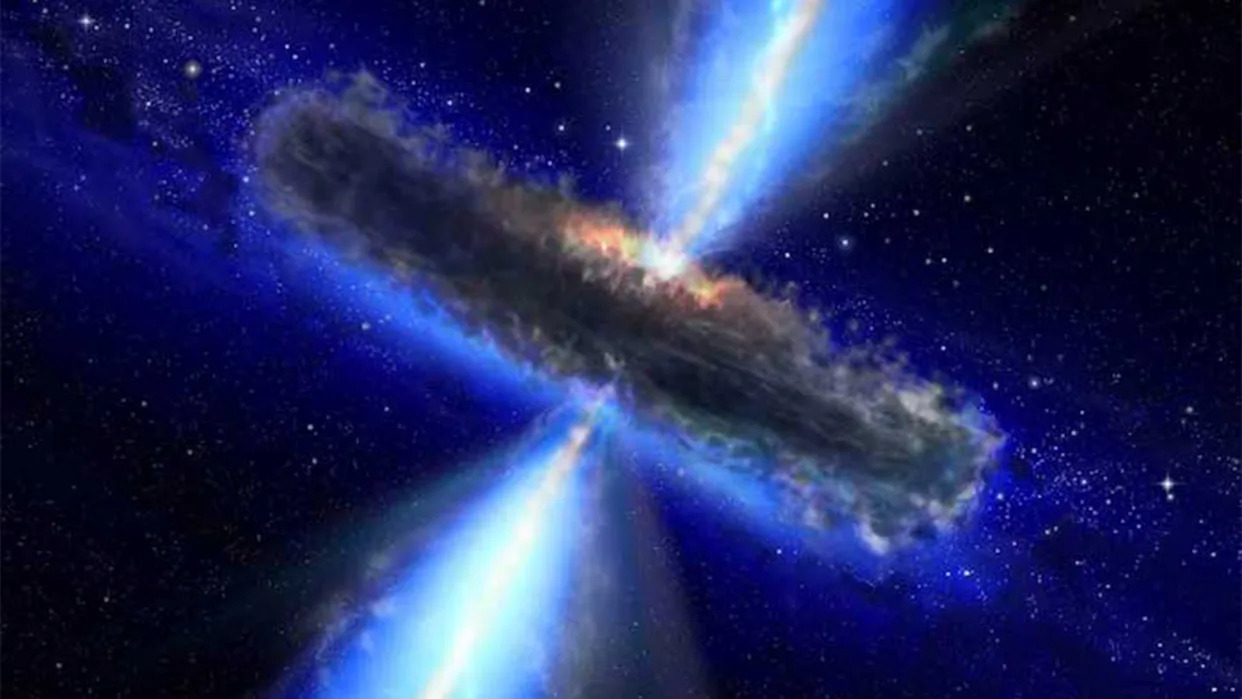
Illustration of active galactic nucleus.
Every galaxy, including our own Milky Way, has a monster lurking in its heart — a supermassive black hole. Despite how common these gargantuan objects are, astronomers are still trying to figure out how the universe's supermassive black holes were born, and how they grew to their humongous sizes.
Now, new observations from NASA's James Webb Space Telescope (JWST) have revealed a key insight into the growing pains of supermassive black holes, also known as SMBHs: there are actually fewer rapidly growing black holes than previously predicted. This work was recently submitted to the Astrophysical Journal and made available to read before peer review on the preprint database arXiv.
Teenage SMBHs grow rapidly, eating up material around them, and appear to us as a bright blob known as an active galactic nucleus (AGN). Astronomers generally agree our galaxy's SMBH has long since quieted, leaving its active years in its past. Most of the monsters' growth spurts actually happened around 7 to 11 billion years ago.
Related: A black hole 'assassin' ripped a star to shreds and left its guts strewn about the galaxy
In their new research, the study authors used the ultra-powerful JWST to hunt for more active black holes in the midst of their prime growth years, surveying a patch of sky for distant galaxies with unprecedented sensitivity. They observed around 400 galaxies that are billions of light-years away, meaning we're seeing them as they were billions of years ago — right during their galactic growth spurts.

MIRI Pointing 1 (right panel) alongside the Spizter/IRAC (middle) and MIPS (left) observations of the same region.
"Until now, we were only able to see the most actively growing and biggest supermassive black holes," lead study author Allison Kirkpatrick, an astronomer at the University of Kansas, told Live Science. "It would be like aliens trying to piece together what the average human can do but only studying Olympic athletes. Now, with JWST, we have our first look at the population of ‘normal’ galaxies in the distant past."
Astronomers previously thought that even "average"-sized black holes like the one in the Milky Way would show signs of their rapid growth, since the large AGN observed previously were clearly growing up fast. Even with the massive increase in sensitivity from JWST's instruments to peer down to smaller galaxies, though, they couldn't find more really active teenage AGN. In fact, the population of active black holes was far fewer than previous estimates have suggested.

Installation of MIRI into the instrument module of the James Webb Space Telescope.
RELATED STORIES
—James Webb Space Telescope discovers oldest black hole in the universe — a cosmic monster 10 million times heavier than the sun
— 1st image of our galaxy's 'black hole heart' unveiled
—Black holes may be swallowing invisible matter that slows the movement of stars
By looking at these average galaxies, astronomers even gleaned insight into our Milky Way's past. "If most galaxies, like ours, lack detectable AGN, it could imply that our black hole was never more active in the past," Kirkpatrick said in a statement.
The team's next steps are to look at even more galaxies; after all, 400 galaxies out of billions in the universe is only a drop in the bucket. With her next survey, Kirkpatrick plans to observe thousands of galaxies instead of hundreds, hopefully clearing up the picture of how smaller galaxies get their black holes, and evolve into something like the galaxy we know and live in today.
